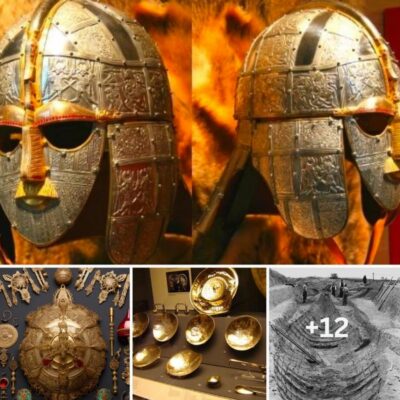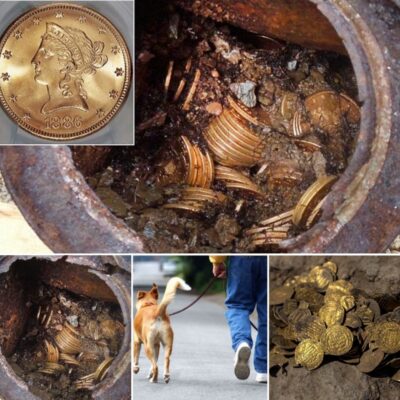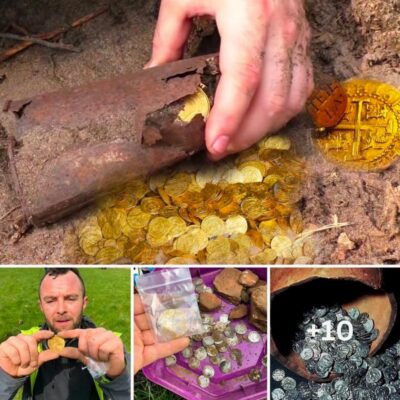Known for their very long toes and claws, this allows them to walk easily over floating vegetation in shallow lakes.
Distribution & Habitat
African water pheasants breed in wetlands throughout sub-Saharan Africa. However, they seem to avoid forested areas and arid places. They seem to prefer freshwater marshes with floating vegetation, where they can move easily with their long toes.
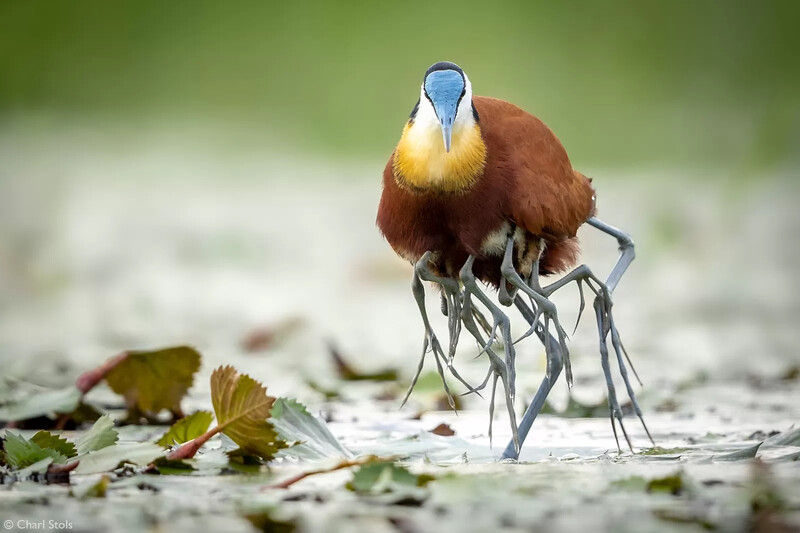
Photo – Charl Stols
In addition, these floating aquatic plants can give them good cover, as well as keep them away from terrestrial predators. It seems that the water pheasant spends most of its life on these large floating leaves.
Describe
The African water pheasant has a body length ranging from 23-31 cm, the weight of the male is about 137 g, while the female is a bit larger, about 260 g.
They have chestnut plumage above and below the belly, black on the tips of the wings, the upper part of the head and neck, and a prominent blue on the forehead. The front extending down the neck is white, the chest is yellow. The legs and long toes are gray. Both sexes are similar.

Photo – Margaret Viens
African water pheasants usually fly short distances. When flying, the legs hang down or stretch back. Water pheasants are also considered to have a rather weak flight.
What do African pheasants eat?
They forage by walking on floating vegetation, thanks to their very long toes that help disperse their body weight over a larger surface area.
The food of this bird is mainly insects and aquatic larvae such as worms, snails, crustaceans and other arthropods and seeds. In addition to walking on floating vegetation, they are also very good swimmers and divers.
Reproduction
African water pheasants can breed year-round in permanent marshes, or seasonally depending on water levels.
They develop an unusual polygamous mating system, which means that one female will mate with many males. While the male is responsible for nesting, incubating the eggs, raising the young and protecting the young until they reach adulthood.
Males nest in floating areas, the nests are simply lined with aquatic plants. The female lays about 4 light brown eggs with black markings, which make the eggs very difficult to detect by predators.
The male alone incubates the eggs for 20 to 26 days. Newly hatched chicks are covered with a downy layer of down, the feathers have light brown and dark stripes above, and white below. Males do not feed their young, but will accompany them when the chicks forage.
When the chicks are threatened by anything, they will quickly get inside the father’s wings, the father will hold the chicks in the wings and then lift them to move to a safer place.
The fathers protect their chicks for 40 to 70 days, after which they begin an independent life, and reach adult plumage at about 1 year of age.
Conservation status
African water pheasants are quite common and abundant in most of their ranges. However, they can be locally threatened due to habitat loss, flooding, marsh drainage, eggs and young sometimes becoming food for aquatic snakes…
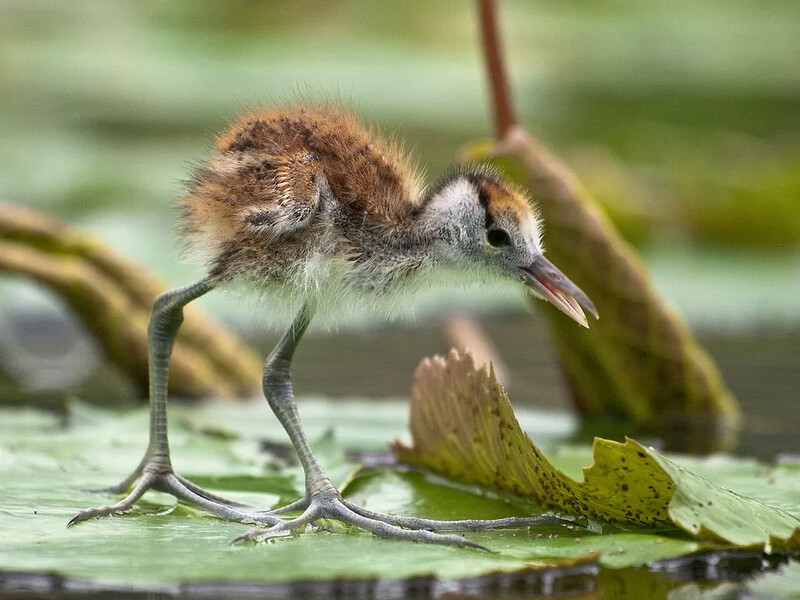
Photo – su neko/wikipedia.org
Currently, the African water pheasant is considered the species of least concern.
I appreciate you taking the time to read this post from Ideassimple. I hope you learn a lot about nature. Please leave a comment or share our article if you think it insightful and interesting. Thank you very much!


